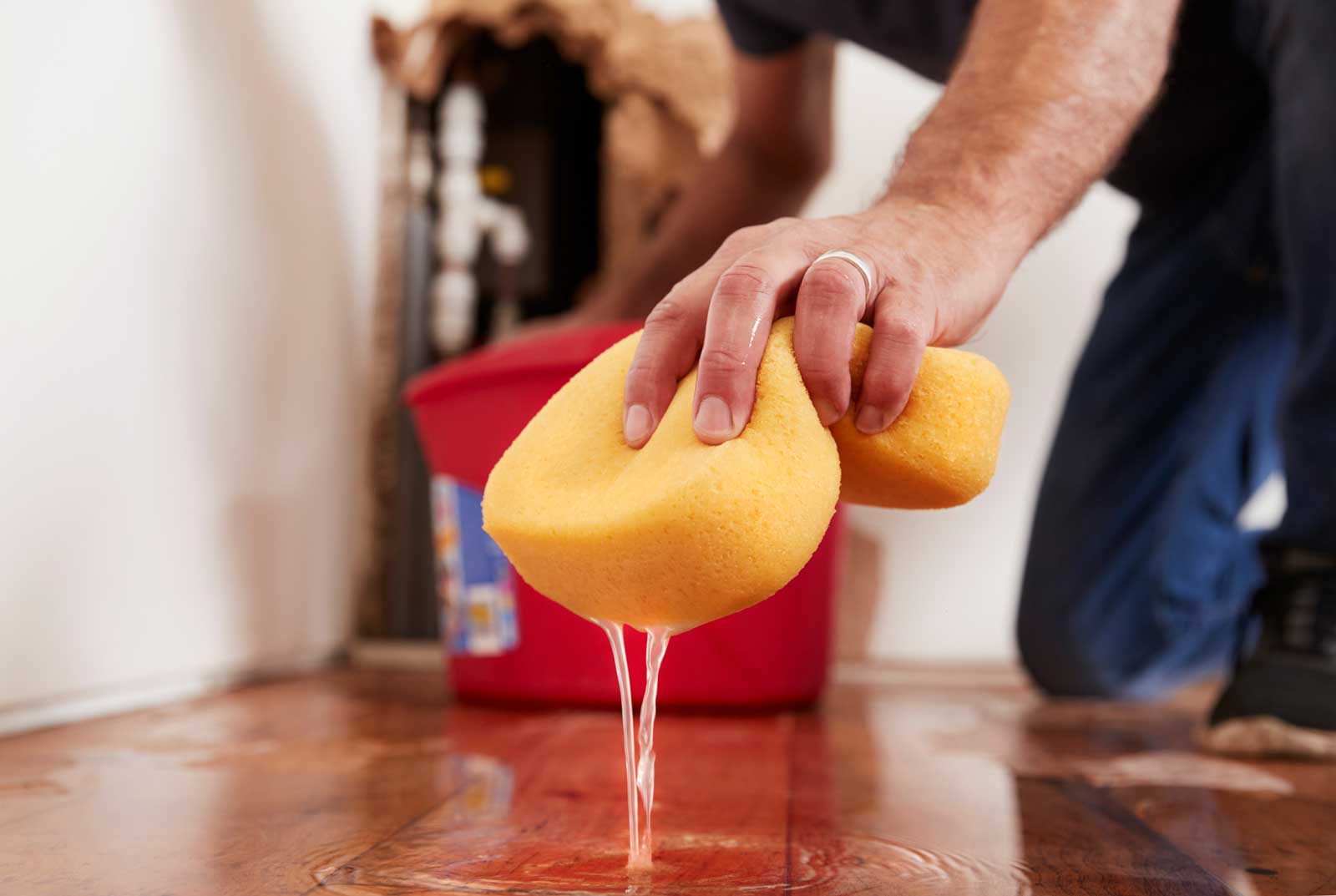If you’ve ever experienced a water pipe bursting inside your home, you know it can be a stressful and overwhelming situation. Water damage can be costly to repair, and if you’re not prepared, it can be difficult to know what to do. That’s why it’s important to know how to file an insurance claim when a water pipe bursts inside your home. In this blog post, we’ll walk you through the steps you need to take to file a claim and get the help you need to get your home back to normal.
Step 1: Stop the Water Flow
The first thing you need to do when a water pipe bursts inside your home is to stop the water flow. This may require shutting off the main water valve, which is usually located near the water meter or in the basement. If you’re unable to locate the main water valve, you can also shut off the water at the meter itself. It’s important to act quickly to stop the water flow, as this can help minimize the amount of water damage and prevent further damage to your home.
Step 2: Assess the Damage
Once the water flow has been stopped, it’s time to assess the damage. Take a look around your home and make a list of everything that has been damaged by the water. Be sure to include any items that may have been destroyed or ruined, as well as any structural damage to your home. It’s a good idea to take photos or video of the damage for your insurance claim.
Step 3: Contact Precision Claims Consultants
Once you have a list of the damages, it’s time to contact Precision Claims Consultants (Atlanta’s best-rated public adjuster). Our team will walk you through the process for handling your water damage claim with your insurance company to make sure you have everything you need to get the most out of your claim.
Step 4: Contact Your Insurance Company
Now that you have a plan in place with your public adjuster, it’s time to contact your insurance company. Your insurance company will likely send an adjuster to your home to assess the damages and determine the cost of repairs.
Step 5: Document the Damage
As the adjuster assesses the damage, it’s important to document everything carefully. Take detailed notes and photos of the damage, and be sure to keep receipts for any expenses you incur as a result of the water damage. This includes any temporary repairs you may need to make to prevent further damage, such as covering holes in the roof or sealing off damaged walls. It’s also a good idea to keep a record of any communication you have with your insurance company or the adjuster.
Step 6: Make Temporary Repairs
If the damage is severe and poses a safety hazard, it’s important to make temporary repairs to prevent further damage or injury. This might include covering holes in the roof, sealing off damaged walls, or removing water-damaged items from your home. Be sure to save any receipts for these temporary repairs, as they may be covered by your insurance policy.
Step 7: Get Estimates for Repairs
Once the adjuster has completed their assessment, they will provide you with an estimate of the cost of repairs. It’s a good idea to get estimates from several different contractors to ensure you’re getting the best deal. Be sure to choose a reputable contractor with experience in water damage repair.
Step 8: Negotiate the Claim
It’s time for your public adjuster to fight on your behalf. If there is any room for a better settlement, or if you simply disagree with the estimate provided by the insurance company, negotiations will need to take place. This can be a complicated process, but there’s no reason to worry when you’ve hired the professionals at Precision Claims Consultants. Our certified public adjusters are the perfect ally that can help you navigate the claims process and ensure you get the most out of your settlement.


